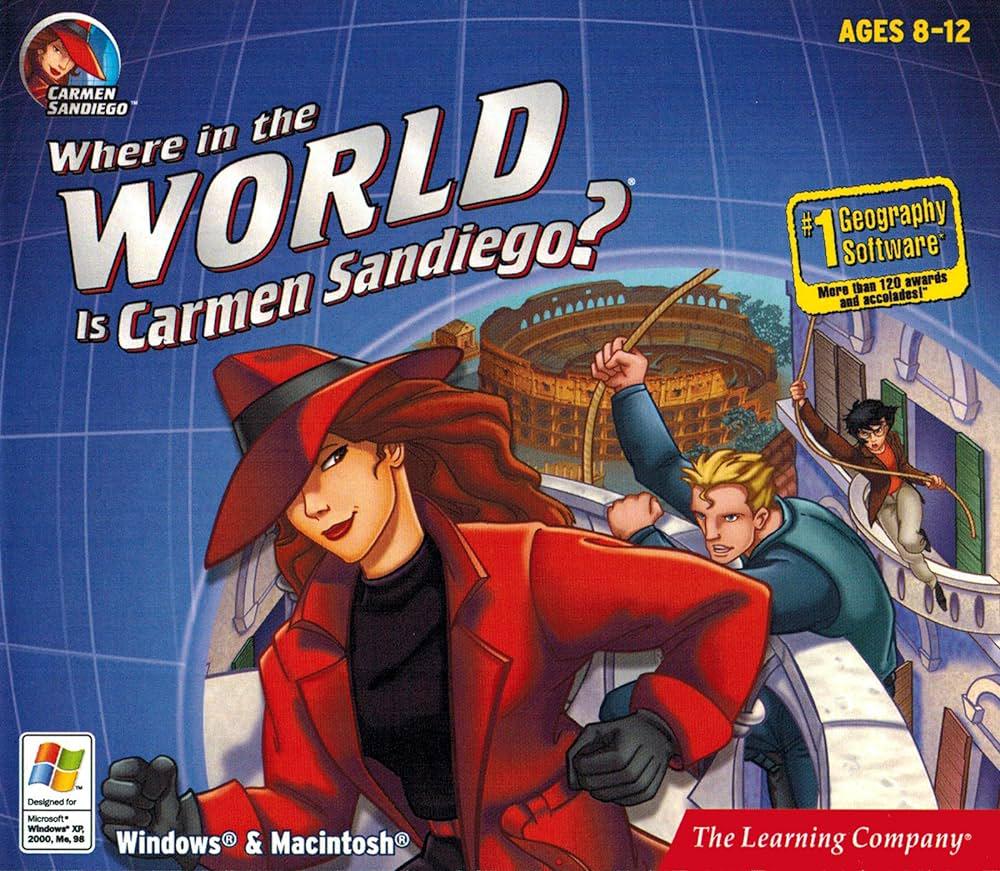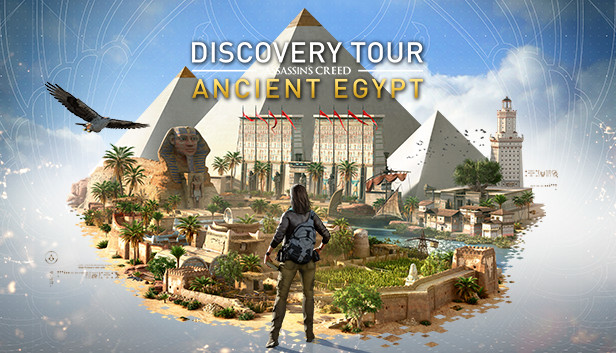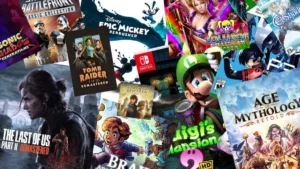Who says learning can’t be fun? An Introduction to Edutainment
“Turn that off! It’ll rot your brain!” Two sentences that most kids have probably heard uttered by their grownups at some point in their lives.
Brain rot, that mental fogginess and scatterbrained feeling that comes with too much screen time, is definitely something to avoid (got it, mom!), but not all screen time is bad. In fact, some screen time may actually be good for our brains.
That’s because when we’re doing something we enjoy, like playing our favorite video game, our brains release feel-good hormones that make us more receptive, help us think more creatively, and enhance our ability to learn.
Video games, with their built-in reward systems—think points, money, or loot—are especially good at activating pleasure hormones and have become the leading form of edutainment, a type of entertainment designed to educate as well as amuse.
Let’s briefly explore the benefits of these games, some famous kids’ games throughout history, the role of localization, and exciting new applications of edutainment.
From Slog to Cinch: The Benefits of Learning with Edutainment
While traditional educational methods sometimes lead students to zone out (just think back to algebra class), video games draw players into learning activities through engaging narratives, interactive mechanics, and the seamless integration of educational content.
By presenting educational material in a fun and interactive format, edutainment games capture children’s attention and help them enhance their problem-solving abilities, critical thinking skills, and subject knowledge. If the game is multiplayer, it may also promote teamwork and encourage the player to build communication skills.

A Stroll Down Memory Lane: Famous Edutainment Games
The evolution of edutainment games has gone hand in hand with the development of video game technologies. Although these types of games have become more sophisticated over the years in terms of graphics and gameplay, one thing hasn’t changed: their appeal.
Some edutainment games that have achieved the greatest acclaim and success include:
- The Oregon Trail – A classic about the realities of 19th-century pioneer life and the challenges of westward migration, developed in the 1970s.
- Where in the World is Carmen Sandiego? – A detective game in which players learn geography and problem-solving skills as they track down the elusive Carmen Sandiego and her gang of thieves around the world.
- Math Blaster – An out-of-this-world game designed to improve math skills by offering challenges and puzzles to practice addition, subtraction, multiplication, and division.
- Reader Rabbit – A series of educational games focused on teaching reading, spelling, and other language arts skills through interactive storytelling and activities.
- And Assassin’s Creed Discovery Tour – A series that takes players on a journey into the past to learn about ancient civilizations.

Did these titles jog any memories for you? You’re not alone! Games have a profound impact on us in childhood, which is why they can be such effective learning tools and why developers need to take special care with them.
Games for All: Expanding Access to Games through Localization
One of the areas in which special care must be taken is the game localization process. Children’s games may appear simple on the surface, but effective localization demands meticulous attention to detail to ensure that the language used is age-appropriate and culturally sensitive. Overly advanced language, for example, can distract or frustrate young players and cause them to give up on the learning activity. But when the localization is spot on, players will enjoy the experience and be able to focus on the game’s educational content. So, whether the game explores historical events, helps develop mastery of a new language, or delves into scientific concepts, expertly adapting it to different languages and cultures unlocks new learning opportunities for players worldwide.

Where Are We Headed? The Future of Edutainment
As technology continues to advance, the potential to transform the way children learn is limitless. And with the rise of virtual reality, augmented reality, and other immersive technologies, the future holds exciting possibilities for creating even more engaging and interactive learning experiences.
It’s not only the gameplay that is evolving, but also the type of content being taught. The World Bank, for example, is promoting the development of games that teach children (and adults) about the UN Sustainable Development Goals and how they can contribute to sustainability in real life. So, edutainment games are poised to help us learn the basics, like reading and writing, and confront some of the greatest challenges of our time.
By prioritizing high-quality localization, developers can empower players to learn and grow while immersing themselves in their games. These games have the potential to revolutionize education and inspire a lifelong love of learning in children. And in the future, edutainment will continue to play a significant role in shaping the way we educate and engage the next generation of learners.



